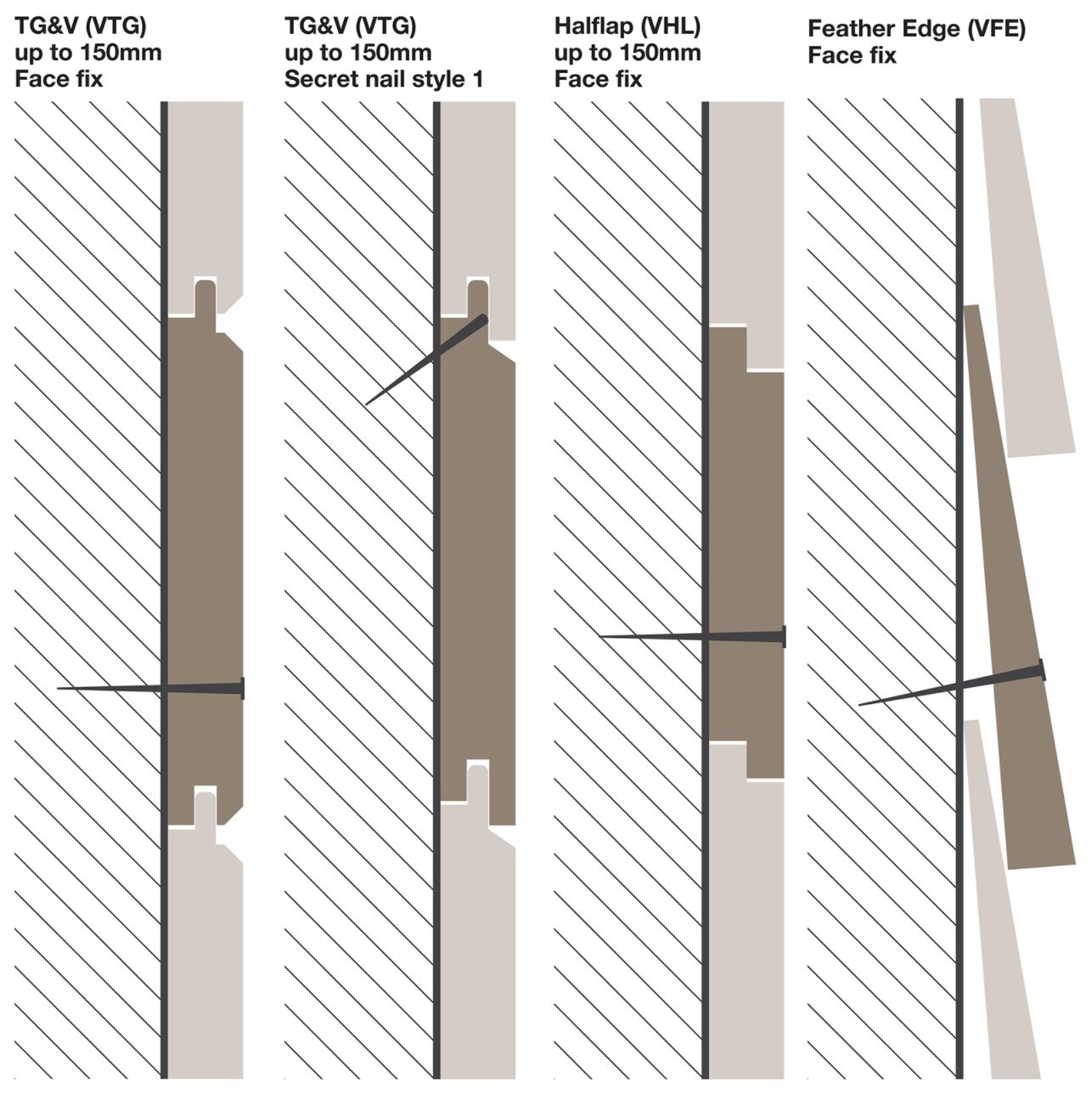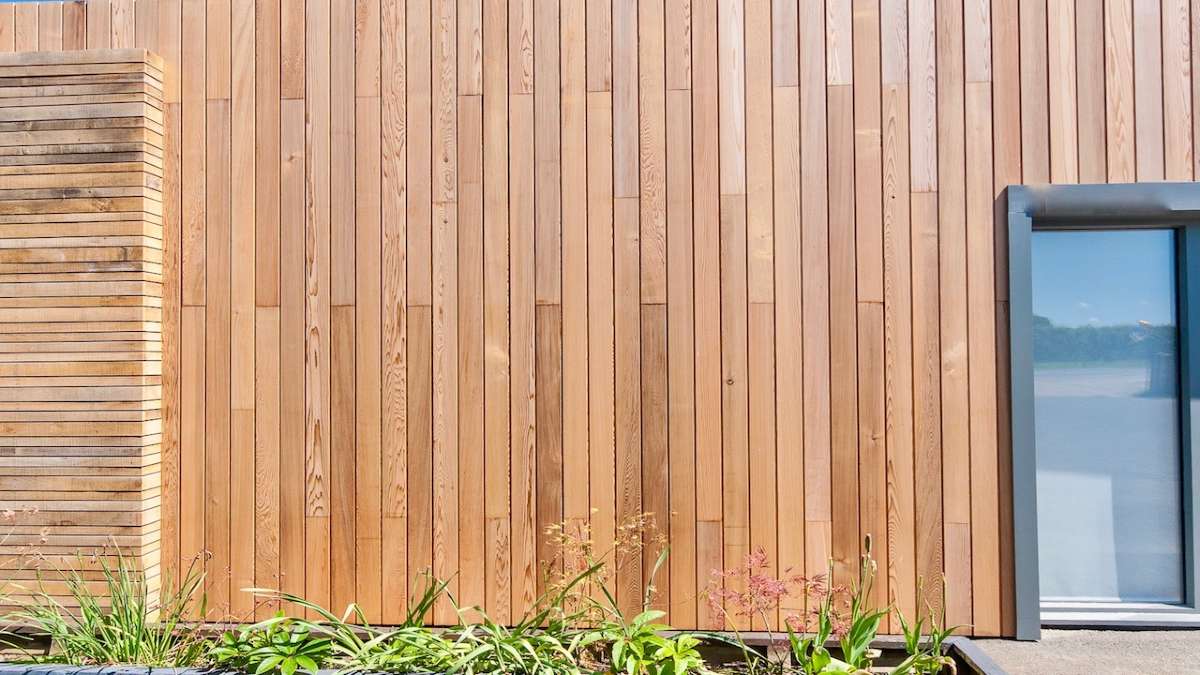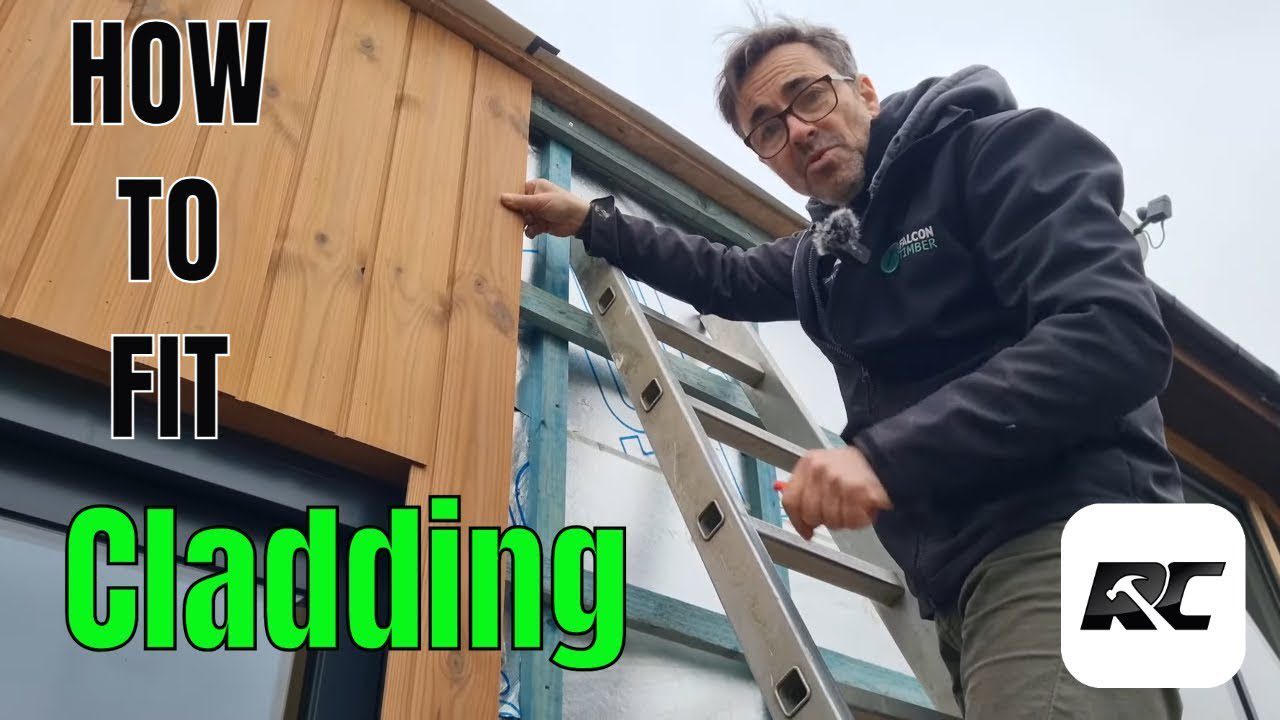Cedar cladding looks great on homes but can wear down over time. Fixing it yourself is possible and can save you money.
Cedar cladding adds a rustic charm to buildings, but it isn’t immune to damage. Weather and time can cause it to crack, warp, or rot. Knowing how to fix cedar cladding can keep your home looking beautiful and protect it from further damage.
This guide will help you understand the common issues with cedar cladding and how to address them. Whether you’re dealing with minor cracks or major repairs, this step-by-step approach will make the process simple and manageable. Let’s dive in and learn how to maintain the beauty and durability of your cedar cladding.
Introduction To Cedar Cladding
Cedar cladding is a popular choice for homes. It looks beautiful and natural. This type of wood is strong and durable. It can last many years with proper care. Cedar also resists rot and insects. The wood has a natural color and smell. Many people love these features.
Cedar cladding offers many benefits. It provides good insulation. This helps keep your home warm. Cedar is also lightweight. This makes it easy to install. The wood is versatile. You can paint or stain it in many colors. Cedar is also eco-friendly. It comes from sustainable forests. This makes it a good choice for the environment.
There are some issues with cedar cladding. Weather can damage it. Rain and sun can cause the wood to split. Mold and mildew can grow on damp wood. Regular cleaning helps prevent this. Insects can also be a problem. Termites and ants may damage the wood. Maintenance is important to keep cedar cladding looking good. Regularly check for cracks and holes. Fix them to prevent further damage.

Credit: www.vastern.co.uk
Essential Tools And Materials
To fix cedar cladding, you will need some basic tools. Start with a hammer and nails. A saw is also necessary. Measuring tape helps to get the right size. Level ensures straight lines. Safety goggles protect your eyes. A drill can be handy for making holes. Screwdriver is essential for screws. Putty knife is useful for applying filler. Always have sandpaper to smooth surfaces.
Cedar boards are the main material. You will need wood filler to fix holes. Caulk helps to seal gaps. Wood preservative protects the wood. Stain or paint gives a finish. Nails and screws are needed for fixing. Primer helps the paint stick better. Sealant keeps the wood safe from water. Spacers help to keep gaps even.

Preparing The Surface
Clean the cedar cladding surface thoroughly. Remove dirt, debris, and old paint. Ensure the surface is dry before repairs.
Cleaning The Cladding
First, remove any dirt and debris from the cedar cladding. Use a soft brush or broom. Be gentle to avoid damage. Mix mild soap with water. Use a sponge or cloth to scrub the surface. Rinse with clean water. Allow the cladding to dry completely. This prevents mold and mildew.
Inspecting For Damage
Check the cladding for cracks and holes. Look for signs of rot or decay. Use a flashlight if needed. Pay attention to the corners and edges. These areas often have hidden damage. Take notes of damaged spots. You will need to fix them later. Replace any severely damaged boards. Minor cracks can be filled with wood filler.

Repairing Cracks And Splits
Small cracks can be fixed with wood filler. Clean the crack with a brush. Push the filler into the crack. Use a putty knife to smooth it out. Let it dry for a few hours. Sand the area until it is smooth. Paint or stain the wood to match.
Large splits need more care. First, clean the split. Use a wood glue to fill the gap. Clamp the wood together until the glue dries. Check the split after a few hours. If it’s still open, add more glue. Let it dry completely. Sand the area until it is smooth. Paint or stain to match the rest of the wood.
Replacing Damaged Boards
First, use a pry bar to take out damaged boards. Be gentle to avoid breaking nearby boards. Remove all nails or screws. Clean the area. Make sure the surface is smooth and ready for new boards.
Measure the new boards. Cut them to fit the space. Attach the boards using nails or screws. Make sure they are secure. Apply a finish to match the rest of the cladding. Let it dry completely.
Sanding And Smoothing
Pick sandpaper with a grit size between 80 and 120. This range is perfect for cedar. It helps remove rough spots without damaging the wood. Coarser grit can scratch the surface. Finer grit may not remove enough material. Always test a small area first. Check results before sanding the entire surface.
Always sand in the direction of the wood grain. This prevents scratches. Use even pressure to avoid gouges. Start with a coarser grit. Then move to a finer grit for a smooth finish. Keep your sandpaper clean. Clogged sandpaper is less effective. Replace it often for best results. Sand in a well-ventilated area. Wear a mask to avoid inhaling dust. Safety first.
Applying Finishes
Staining cedar cladding helps maintain its beauty. First, clean the wood. Remove any dirt or mildew. Next, choose a high-quality stain. Apply the stain evenly. Use a brush or a cloth. Let the stain dry. This can take a few hours. Finally, apply a second coat if needed. This makes the color richer. Staining also protects the wood from the sun. Keep your cedar looking fresh.
Sealing cedar cladding is essential. It protects the wood from moisture. First, clean the surface. Make sure it is dry. Then, choose a good sealer. Apply the sealer with a brush. Cover all areas evenly. Let it dry completely. This usually takes a day. Sealing prevents water damage. It also keeps the wood from rotting. Reapply the sealer every few years. Your cedar will last longer.

Credit: www.youtube.com
Maintaining Cedar Cladding
Clean cedar cladding often. Use a soft brush or cloth. Remove dirt and dust. Wash with mild soap and water. Rinse well. Let it dry.
Avoid harsh cleaners. They can damage the wood. Clean twice a year for best results. Inspect the wood for any signs of damage.
Check for cracks or splits. Look for any discoloration. This can mean water damage. Fix small cracks to prevent larger issues.
Watch for mold or mildew. Treat immediately if found. Replace damaged boards to keep your cladding strong. Regular checks can save time and money.
Expert Tips For A Flawless Finish
Check the wood for damage before starting. Replace any broken pieces. Sand the surface gently. This helps paint or stain stick better. Do not rush the process. Take your time for a smooth finish. Use a primer first if you plan to paint. It makes the color last longer. Choose the right tools. A good brush or roller works best.
Use a high-quality stain or paint. This protects the wood from weather. Apply two coats for better coverage. Let each coat dry fully. Clean the cladding regularly. Dirt and mold can damage the wood. Apply a sealer if needed. This adds extra protection. Trim any bushes or plants near the cladding. They can hold moisture and cause damage.

Credit: www.suttontimber.co.uk
Frequently Asked Questions
How Do You Prepare Cedar Cladding For Fixing?
To prepare cedar cladding, ensure it’s clean, dry, and free from debris. Sand any rough edges and apply a protective finish or sealer to enhance durability and appearance.
What Tools Do You Need To Fix Cedar Cladding?
You’ll need a hammer, nails, a saw, a tape measure, and a level. These tools ensure precise and secure installation of cedar cladding.
How Do You Secure Cedar Cladding?
Secure cedar cladding using stainless steel nails or screws. Attach them to the wall studs, ensuring they are evenly spaced for stability.
Can You Fix Cedar Cladding Yourself?
Yes, you can fix cedar cladding yourself. Follow proper guidelines, use the right tools, and ensure you measure and cut accurately for a professional finish.
Conclusion
Fixing cedar cladding can be a straightforward task with the right steps. Start by inspecting the damage. Then, gather the necessary tools and materials. Clean the area before making repairs. Apply new cladding securely. Always remember to seal and protect the wood.
This helps prevent future damage. Regular maintenance extends the life of your cedar cladding. Follow these steps to ensure a long-lasting, beautiful exterior. Happy fixing!

